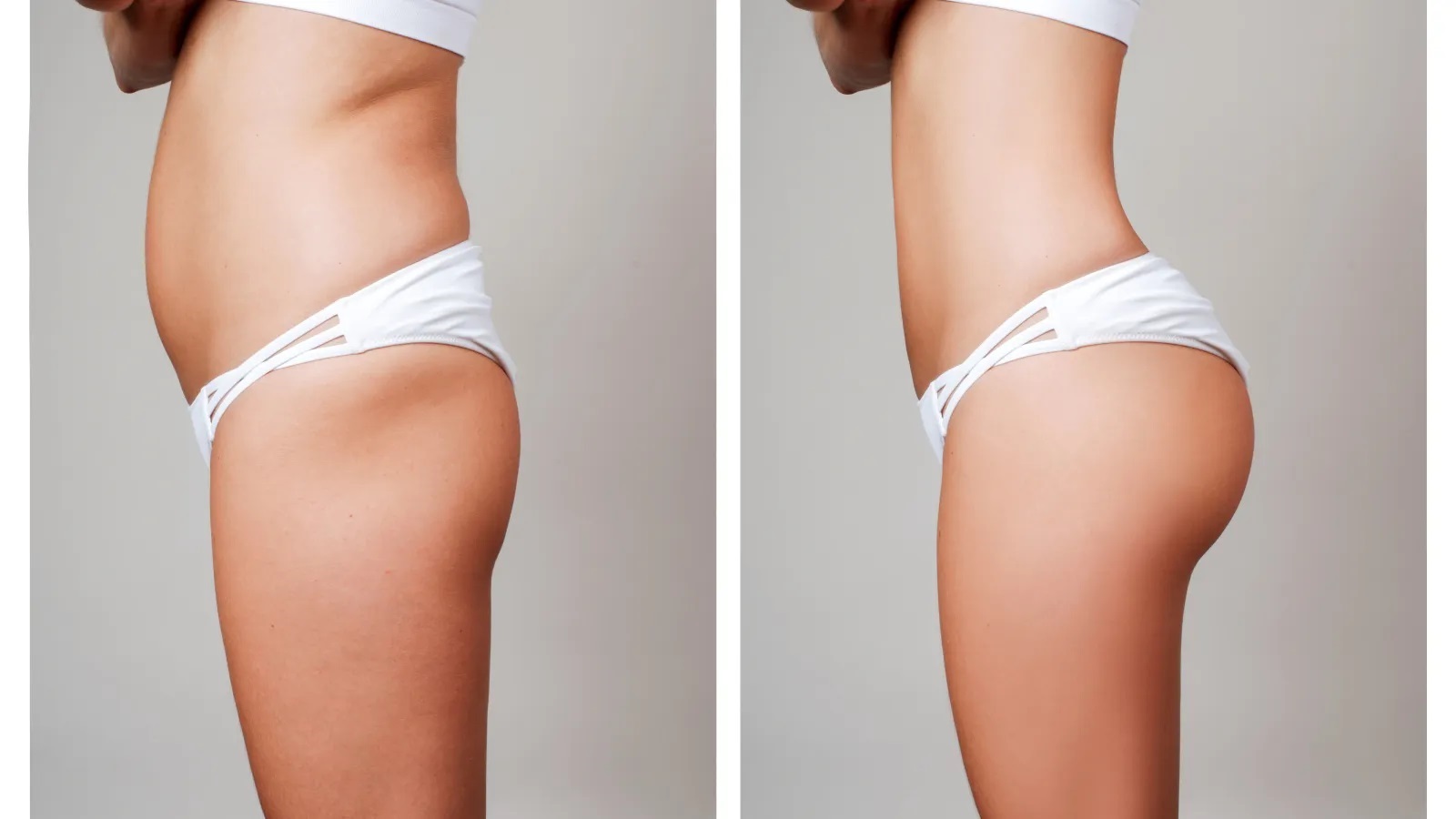Dermal fillers have become an increasingly popular solution for enhancing facial features, smoothing wrinkles, and restoring lost volume. But as effective and transformative as fillers are, many people wonder what happens to these injectable solutions over time. Understanding the lifecycle of fillers can help you make informed decisions about their use and maintenance.
How Do Fillers Work?
Dermal fillers are gel-like substances injected beneath the skin to add volume, smooth wrinkles, and rejuvenate the skin’s appearance. Most modern fillers are made of hyaluronic acid (HA), a naturally occurring substance in the skin that retains moisture and keeps the skin plump. Once injected, fillers work by filling spaces beneath the skin, giving it a youthful and lifted appearance.
If you are considering enhancing your body or facial contours, Body Fillers in Islamabad provide a non-surgical option to achieve these goals. This procedure has become a preferred choice for many due to its safety, effectiveness, and quick results.
The Lifespan of Fillers
Fillers are not permanent; their longevity depends on various factors, including the type of filler used, the area treated, and individual metabolic rates. Here’s a breakdown of what happens as fillers age:
- Initial Results: After the injection, fillers provide instant results, smoothing wrinkles or adding volume to the treated area. Swelling or minor bruising may occur initially but usually subsides within a few days.
- Peak Performance: Over the first few weeks, fillers settle into place, and the final results become apparent. The treated area appears smoother, plumper, and rejuvenated.
- Gradual Degradation: Over time, the body’s natural processes break down the filler material. Hyaluronic acid fillers, for instance, are metabolized by enzymes in the skin. This process is gradual, allowing for a natural transition as the effects fade.
- Complete Dissolution: Depending on the type of filler, the effects typically last anywhere from six months to two years. Once dissolved, the skin returns to its pre-treatment state, although some long-term benefits, like improved collagen production, may remain.
Factors Influencing Filler Longevity
Several factors affect how long fillers last and how they behave over time:
- Type of Filler: Different fillers have varying compositions and densities. For example, thicker fillers designed for deeper injections may last longer than softer fillers used for fine lines.
- Area Treated: High-movement areas, such as the lips, tend to metabolize fillers faster than static areas like the cheeks.
- Metabolism: Individuals with a faster metabolism may notice their fillers break down more quickly.
- Lifestyle: Smoking, excessive sun exposure, and poor skincare can accelerate the degradation of fillers.
Maintenance and Follow-Up
To maintain optimal results, follow-up treatments are recommended. Regular touch-ups help ensure a consistent appearance and prevent the complete dissolution of fillers before the next session.
Are There Long-Term Effects?
One common question is whether fillers have lasting effects on the skin. Here’s what you need to know:
- Collagen Stimulation: Some fillers, particularly those made from hyaluronic acid, stimulate collagen production. This can lead to long-term improvements in skin texture and elasticity.
- Skin Adaptation: Over time, the skin may adapt to fillers, maintaining a slightly plumper appearance even after the filler has dissolved. However, this effect is subtle and varies by individual.
- Safe Absorption: Fillers are designed to break down naturally and are safely absorbed by the body. Adverse long-term effects are rare when administered by qualified professionals.
Ensuring the Best Outcomes
To ensure that your fillers age gracefully and provide the desired results, consider the following tips:
- Choose a Qualified Provider: Opt for a reputable clinic with experienced practitioners who use high-quality fillers.
- Follow Aftercare Instructions: Proper care, including avoiding intense heat or strenuous activities immediately after treatment, can help prolong results.
- Schedule Regular Touch-Ups: Maintaining a consistent schedule for filler treatments can prevent dramatic changes in appearance.
Conclusion
Fillers are a versatile and effective way to enhance your appearance, but their temporary nature means that maintenance is essential for sustained results. Over time, fillers are naturally absorbed by the body, and understanding this process can help you plan your treatments effectively.
If you’re considering dermal fillers or want expert advice on maintaining your results, the Royal Cosmetic Surgery Clinic offers state-of-the-art treatments tailored to your unique needs. With experienced professionals and a commitment to excellence, they ensure safe and satisfying outcomes for every client.
